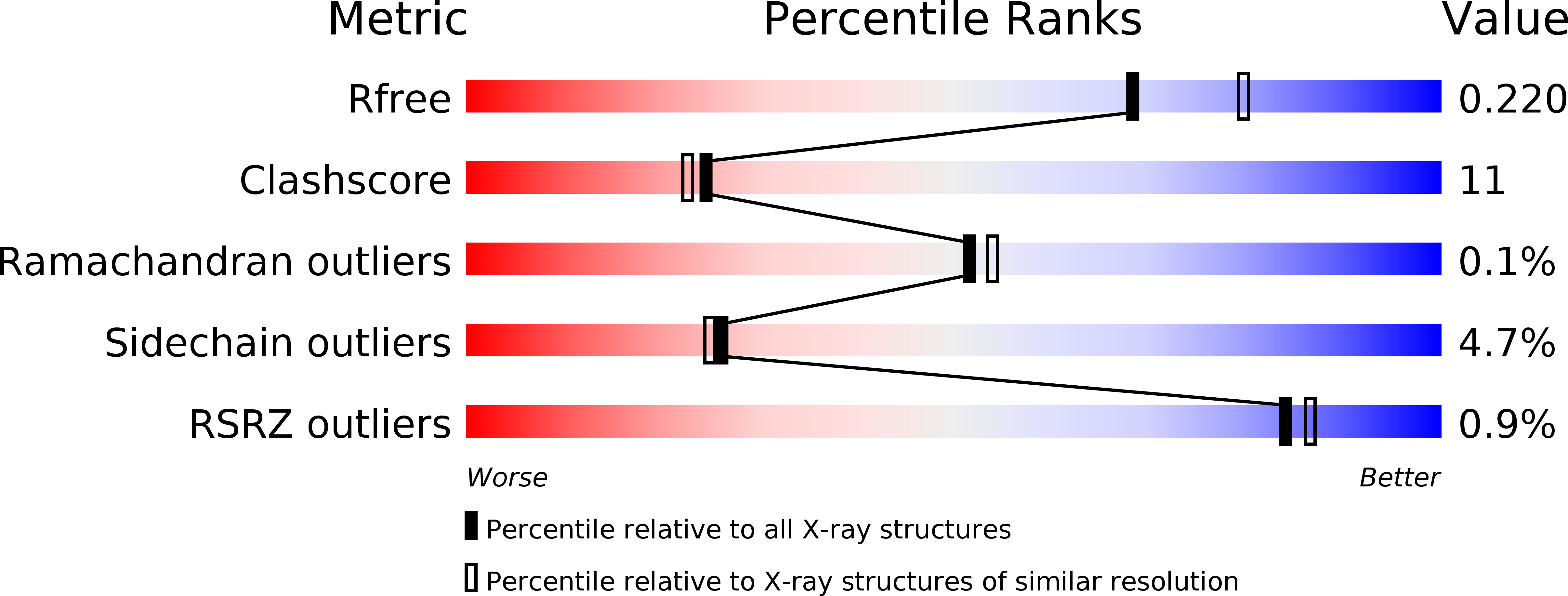
Deposition Date
2005-02-17
Release Date
2005-04-05
Last Version Date
2025-03-26
Entry Detail
PDB ID:
1WYU
Keywords:
Title:
Crystal structure of glycine decarboxylase (P-protein) of the glycine cleavage system, in holo form
Biological Source:
Source Organism:
Thermus thermophilus (Taxon ID: 300852)
Host Organism:
Method Details:
Experimental Method:
Resolution:
2.10 Å
R-Value Free:
0.22
R-Value Work:
0.18
R-Value Observed:
0.19
Space Group:
P 21 21 21


